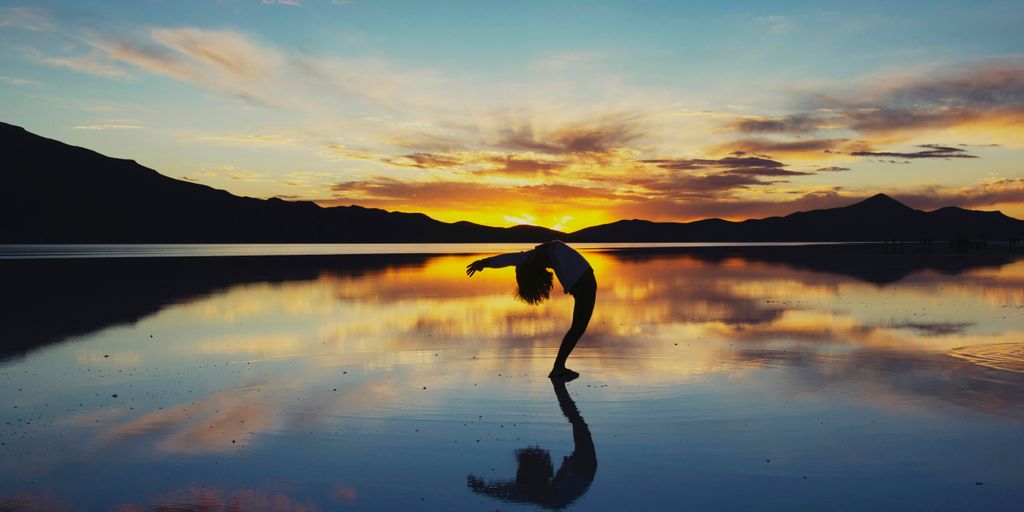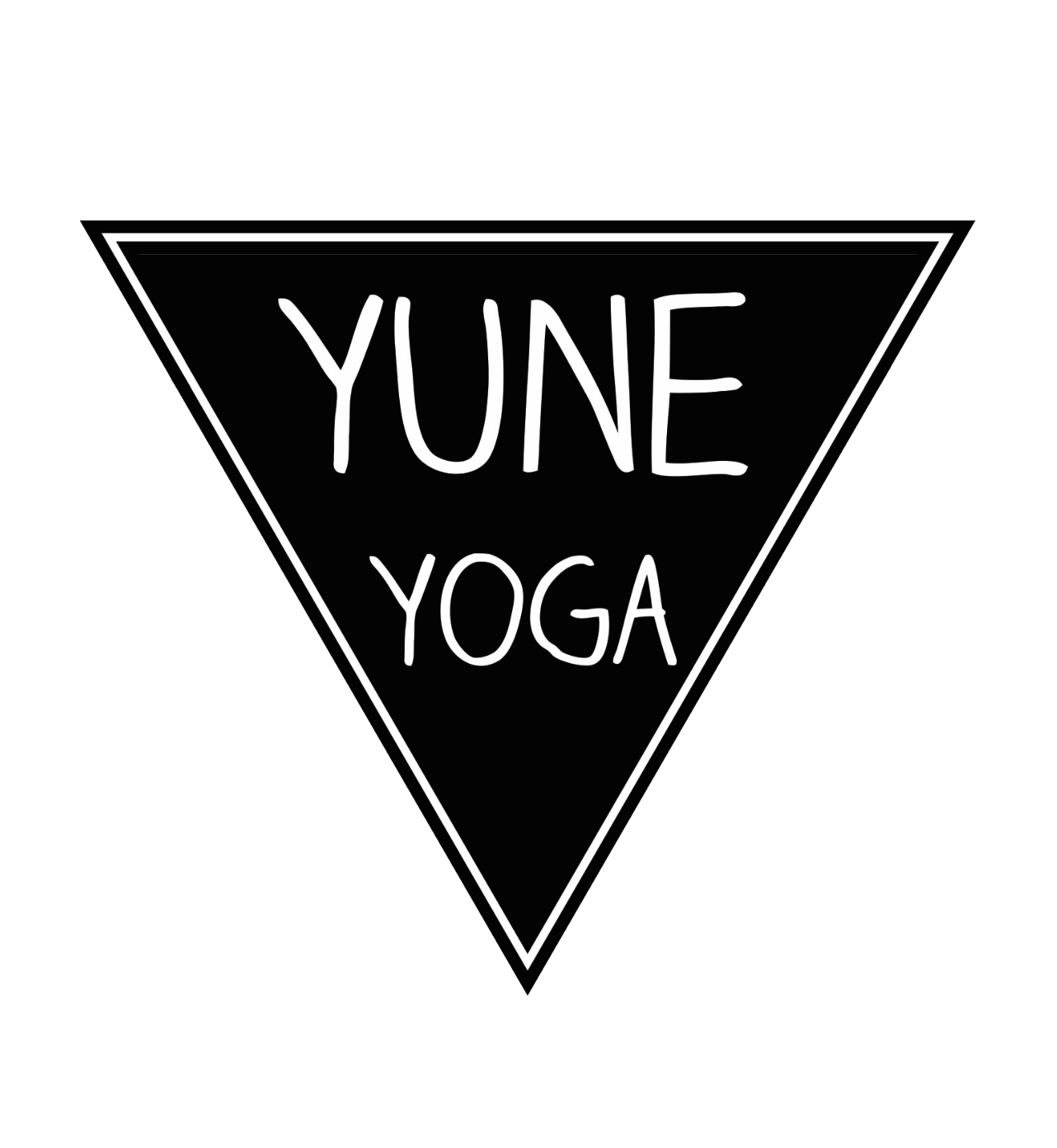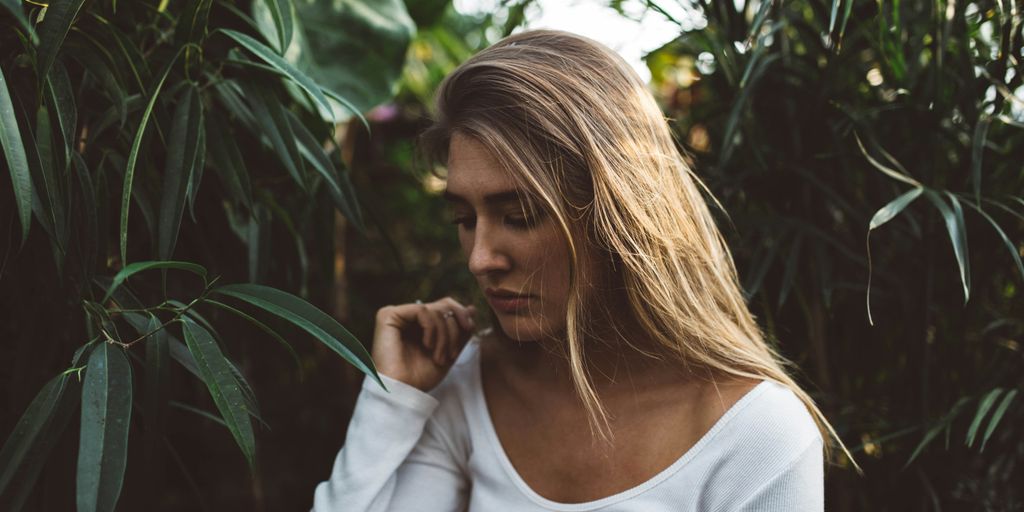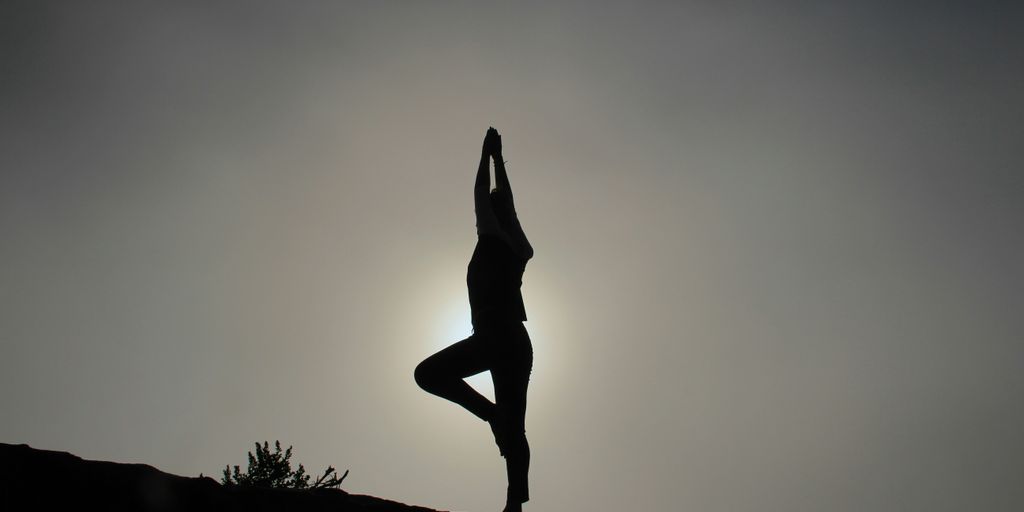
Discover the Essential Yoga Stretch Names: Your Ultimate Guide to Asanas
If you're new to yoga, you might feel a bit lost with all the different poses out there. But don't worry! This guide is here to help you get familiar with essential yoga stretch names. Whether you're just starting or looking to expand your practice, knowing these poses can make your journey smoother. Let's break down some key categories of yoga stretches so you can find the right ones for you.
Key Takeaways
- Yoga stretches come in various types, each serving different purposes.
- Beginner poses are foundational and help you get comfortable with your practice.
- Standing poses help build strength and stability.
- Backbends and inversions can be challenging but are rewarding as you progress.
- Restorative poses are great for relaxation and recovery.
Essential Beginner Yoga Stretch Names
So, you're just starting out with yoga? Awesome! It can seem intimidating at first, but honestly, everyone starts somewhere. These poses are like the building blocks. You'll see them in almost every class, and they're great for getting comfortable with the basics. Don't worry about being perfect; just focus on feeling the stretch and listening to your body.
Mountain Pose
Okay, Mountain Pose might seem too simple to even be a pose, but trust me, it's important. It's all about alignment and grounding yourself. Stand tall with your feet hip-width apart, engage your core, and let your arms hang naturally at your sides. Imagine a string pulling you up from the crown of your head. It's the foundation for all standing poses, so getting it right is key. Think of it as your "reset" button during a flow. It's a great way to practice yoga poses.
Downward-Facing Dog
Downward-Facing Dog, or "Adho Mukha Svanasana" if you want to get fancy, is a classic for a reason. It stretches your whole body, strengthens your arms and legs, and can even calm your mind. If you're new, don't worry if your heels don't touch the ground. Just focus on creating a long line from your wrists to your hips. You can bend your knees a little if you need to. It's like a full-body reset button.
Child's Pose
Child's Pose is like the ultimate comfort pose. Whenever you need a break, just sink back into this one. Kneel on the floor, sit back on your heels, and then fold forward, resting your forehead on the ground. You can stretch your arms out in front of you or rest them alongside your body. It's a great way to calm your mind and release tension in your back. It's also a good pose to do between more challenging poses. It's essential to get to know your resting yoga poses, especially child's pose, which you are encouraged to do whenever you need a break.
Remember, yoga isn't about pushing yourself to the limit. It's about listening to your body and finding what feels good. Don't rush to the next level. Take your time, enjoy the journey, and let your practice unfold naturally.
Popular Standing Yoga Stretch Names

Standing poses are a big part of many yoga practices. They help build strength, improve balance, and can be really energizing. Plus, they're often the foundation for more complex sequences. Let's explore some popular ones.
Warrior I
Warrior I, or Virabhadrasana I, is a powerful pose that strengthens your legs and core. It also opens your chest and hips. It's a great way to build stamina and focus.
To get into Warrior I, start in Mountain Pose, step one foot back, turn that foot out slightly, and bend your front knee over your ankle. Raise your arms overhead, palms facing each other. Keep your hips square to the front and your chest open. Hold for several breaths, then repeat on the other side.
Warrior II
Warrior II (Virabhadrasana II) is another classic standing pose. It builds strength and stability, while also promoting openness in the hips and chest. It's similar to Warrior I, but with a key difference in the hip alignment. This pose is often part of a vinyasa flow.
Here's how to do it: From Mountain Pose, step one foot back, turn that foot out 90 degrees, and bend your front knee over your ankle. Extend your arms out to the sides, parallel to the floor, palms facing down. Keep your hips open to the side and gaze over your front hand. Hold for several breaths, then repeat on the other side.
Tree Pose
Tree Pose, or Vrksasana, is a balancing pose that improves focus and stability. It's a great way to challenge your balance and connect with the earth. It might seem simple, but it requires concentration and control. It's a good pose for beginner yoga.
To get into Tree Pose, start in Mountain Pose. Shift your weight to one foot and place the sole of your other foot on your inner thigh, avoiding the knee. Bring your hands to prayer position at your chest or raise them overhead. Find a focal point and hold for several breaths, then repeat on the other side.
Standing poses are often used to build heat and energy in the body. They can be challenging, but they offer numerous benefits for strength, balance, and overall well-being. Remember to listen to your body and modify as needed.
Key Seated Yoga Stretch Names
Seated yoga poses are great because they offer a chance to ground yourself while still working on flexibility and strength. They're often incorporated towards the end of a yoga session, helping to calm the mind and prepare the body for relaxation. I find them particularly helpful after a long day of sitting at a desk.
Seated Forward Bend
The Seated Forward Bend, or Paschimottanasana, is a classic for stretching the hamstrings and back. It's something I try to do daily, even if it's just for a few minutes. If you're like me and have tight hamstrings, don't worry if you can't touch your toes right away. Just focus on lengthening your spine and breathing deeply. It's a process, not a race!
Bound Angle Pose
Bound Angle Pose, also known as Baddha Konasana, is a hip opener that can also be really relaxing. I like to think of it as a way to release tension in the hips and inner thighs. You can modify it by using blocks under your knees for support if needed. It's a great way to improve posture and unwind after sitting for extended periods.
Seated Twist
The Seated Twist, or Ardha Matsyendrasana, is fantastic for spinal mobility and digestion. It involves twisting your torso while seated, which can help to release tension in the back and shoulders. Remember to twist from your core and keep your spine long. It's a pose that always makes me feel more aligned and energized. It's also a great way to stretch your legs with these yoga poses.
I've found that incorporating seated yoga poses into my routine has made a noticeable difference in my flexibility and overall well-being. It's a gentle yet effective way to care for my body and mind, especially when I'm feeling stressed or tight.
Effective Backbend Yoga Stretch Names
Backbends are great for opening up the chest and shoulders, and they can really energize you. They might seem intimidating at first, but with practice, they can become a really enjoyable part of your yoga routine. Just remember to listen to your body and don't push yourself too hard, especially if you're new to backbends. Focus on engaging your core and glutes to protect your lower back.
Cobra Pose
The Cobra Pose is a gentle backbend that's perfect for beginners. It helps to strengthen the spine and open the chest. To do it, lie on your stomach with your hands under your shoulders. Press your feet and thighs into the ground as you lift your chest off the floor. Keep your elbows slightly bent and your gaze forward. It's a great way to start exploring spinal extension.
Bridge Pose
Bridge Pose is another accessible backbend that's great for strengthening the back and glutes. Lie on your back with your knees bent and feet flat on the floor. Press into your feet and lift your hips off the ground, forming a straight line from your shoulders to your knees. You can clasp your hands underneath you for added support. If you find the standard bridge too intense, try a supported bridge with a block under your sacrum.
Camel Pose
Camel Pose is a deeper backbend that requires more flexibility. Kneel on the floor with your knees hip-width apart. Place your hands on your lower back for support. Lean back, one hand at a time, and reach for your heels. If you can't reach your heels, keep your hands on your lower back. Push your hips forward and lift your chest towards the ceiling. This pose really opens up the chest and shoulders, but it's important to only go as far as you feel comfortable. Remember to keep your neck relaxed and avoid dropping your head back completely. It's a good idea to warm up with some Cat-Cow stretches before attempting Camel Pose.
Backbends can be really beneficial, but it's important to approach them with caution. If you have any back pain or injuries, talk to your doctor or a qualified yoga instructor before trying these poses. They can help you modify the poses to make them safer and more effective for your body.
Restorative Yoga Stretch Names for Relaxation
Restorative yoga is all about slowing down and letting your body chill out. These poses are designed to support your body so you can fully relax and release tension. It's not about pushing yourself; it's about finding comfort and ease. Think of it as a gentle way to reset your nervous system. I find it's especially helpful after a stressful day or when I'm feeling overwhelmed. It's like a mini-vacation for your body and mind.
Legs-Up-The-Wall Pose
This one is super simple but incredibly effective. You just lie on your back and put your legs up against a wall. It helps with circulation, reduces swelling in your legs and feet, and can calm your mind. I like to put a small pillow under my hips for extra comfort. It's a great way to shift your perspective after standing all day.
Supported Child's Pose
Child's Pose is already pretty relaxing, but adding support takes it to the next level. Use a bolster or some pillows under your torso to completely release into the pose. It gently stretches your lower back, hips, and thighs. It's like a warm hug for your insides. I often use this pose when I have a headache or feel anxious. It's a great way to slow down and reconnect with your breath.
Reclining Bound Angle Pose
This pose opens up your hips and chest while you're lying down, making it super relaxing. Use pillows under your knees for support if needed. It can help relieve stress and mild depression. I find it really helps me surrender to the moment and let go of any tension I'm holding onto.
Restorative yoga has become a non-negotiable part of my self-care routine. It's not just about stretching; it's about creating space for my body and mind to heal and recharge. It's a reminder that sometimes, the most productive thing you can do is to simply rest.
Challenging Inversion Yoga Stretch Names

Okay, so you're feeling pretty good about your yoga practice and want to try something a little more intense? Inversions are where it's at! They can be super challenging, but also incredibly rewarding. Just remember to listen to your body and maybe have a spotter nearby when you're first starting out. These poses flip your perspective, literally and figuratively.
Headstand
Headstand, or Sirsasana, is often considered the king of all yoga poses. It's a full inversion where you balance on your head and forearms. It takes a lot of core strength and balance, and it's definitely not something to jump into without proper preparation. Start by practicing against a wall to get a feel for the balance. It's a great way to build strength and improve focus. If you are looking for yoga poses online, there are many resources available.
Handstand
Handstand, or Adho Mukha Vrksasana, is another level up from headstand. Instead of balancing on your head and forearms, you're balancing entirely on your hands. This one requires even more strength, balance, and body awareness. Work on your wrist strength and shoulder stability before attempting this pose. It's a good idea to practice with a wall at first, kicking up gently until you find your balance. It's a total rush when you finally nail it! Consider taking advanced yoga classes to learn more.
Forearm Stand
Forearm Stand, or Pincha Mayurasana, is like a handstand but with your forearms on the ground. It's a great alternative if you have wrist issues or just want to work on a different kind of inversion. It still requires a lot of upper body strength and balance, but it can feel a little more stable than a handstand. Plus, it looks super cool! It's also a good idea to have a spotter nearby when you're first learning. Remember to warm up thoroughly before attempting this pose. You can find more information about yoga asanas online.
Inversions aren't just about the physical challenge; they're also about changing your perspective. They can help you see things from a different angle, both literally and figuratively. Plus, they're just plain fun!
Dynamic Flow Yoga Stretch Names
Dynamic flow yoga, often called vinyasa flow, is all about linking movement to your breath. It's like a dance on your mat, where one pose smoothly transitions into the next. These flows build heat, strength, and flexibility, and they can be a great way to get your heart pumping and your mind focused. It's a pretty popular style, and you'll find it in lots of studios.
Sun Salutation A
Sun Salutation A is a foundational sequence in many yoga classes. It's a series of poses done in a specific order, synchronized with your breath. It typically includes Mountain Pose, Forward Fold, Plank, Chaturanga, Cobra or Upward-Facing Dog, and Downward-Facing Dog. It's a great way to warm up the body and get the energy flowing. I remember the first time I tried it, I was so out of breath, but now it feels like second nature.
Sun Salutation B
Sun Salutation B builds upon Sun Salutation A, adding a few more challenging poses like Chair Pose and Warrior I. This variation really gets your legs working and builds even more heat. It's a good step up when you're ready to take your practice to the next level. It's a bit more intense, but the feeling of accomplishment afterward is worth it. It's a great way to build strength and stamina.
Cat-Cow Stretch
The Cat-Cow Stretch is a gentle, flowing movement between two poses that warms the body and brings flexibility to the spine. It's often used as a warm-up exercise. On an inhale, you move into Cow Pose, dropping your belly towards the mat and lifting your chest and tailbone. On an exhale, you move into Cat Pose, rounding your spine towards the ceiling and tucking your chin to your chest. It's a simple but effective way to improve posture and relieve stress. It's also great for improving your spinal health.
I find that incorporating these dynamic flow stretches into my routine really helps me feel more connected to my body. It's not just about the physical benefits, but also the mental clarity and stress relief that comes with it. It's a great way to start or end the day, and I highly recommend giving it a try.
Wrapping It Up
So there you have it! A rundown of essential yoga stretches and their names. Whether you’re just starting out or you’ve been practicing for a while, knowing these asanas can really help you in your journey. Remember, yoga is all about listening to your body and finding what feels good for you. Don't stress about getting every pose perfect; just enjoy the process. Keep practicing, and soon enough, you’ll feel more comfortable and confident on your mat. Happy stretching!
Frequently Asked Questions
What is the purpose of yoga stretches?
Yoga stretches help improve flexibility, strength, and relaxation. They can also reduce stress and promote overall well-being.
Do I need to be flexible to start practicing yoga?
No! Yoga is for everyone, and you can start at any level. Flexibility will improve with practice.
How often should I practice yoga?
It's best to practice yoga a few times a week. Even short sessions can be beneficial.
Can yoga help with stress relief?
Yes! Yoga includes breathing exercises and meditation that can help calm your mind and reduce stress.
What should I wear for yoga?
Wear comfortable clothes that allow you to move freely. Stretchy fabrics are great for yoga.
Do I need any special equipment for yoga?
A yoga mat is helpful for comfort and grip, but you can also practice without one. You can use props like blocks or straps if needed.


